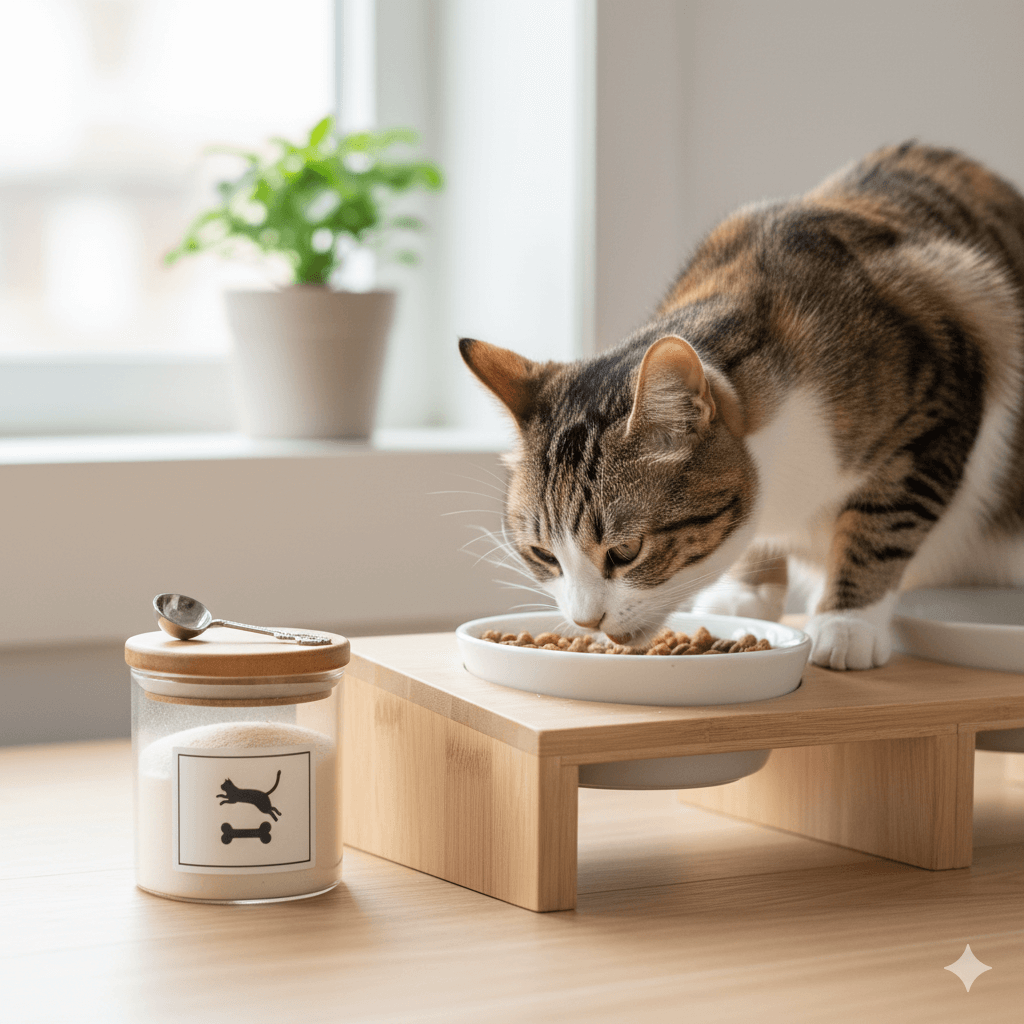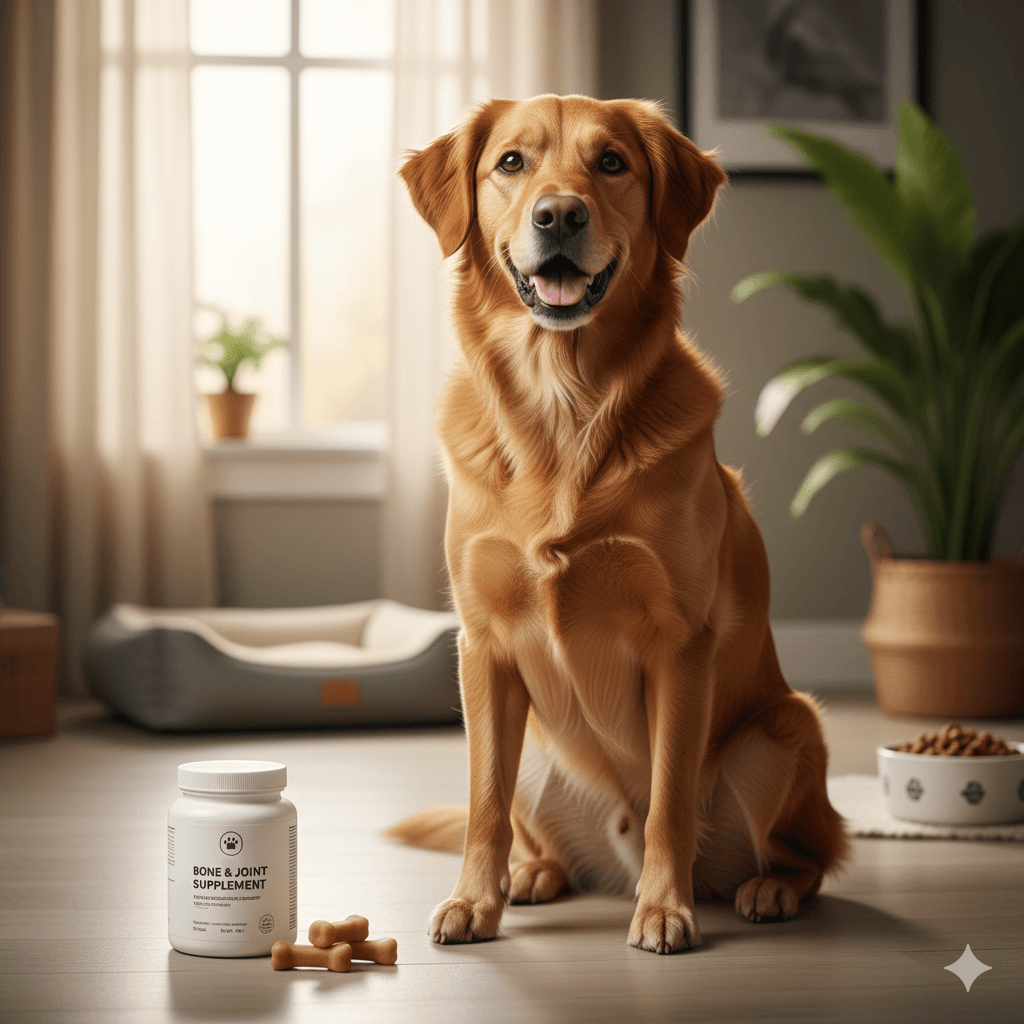Homemade Wet Cat Food Recipes: Nourishing Your Feline Friend Naturally
Feeding your cat a balanced and nutritious diet is one of the best ways to ensure their health and happiness. While commercial wet cat food is convenient, many pet owners are turning to homemade recipes to provide their feline companions with fresh, wholesome meals. Homemade wet cat food allows you to control the ingredients, avoid artificial additives, and cater to your cat’s specific dietary needs. However, it’s crucial to follow guidelines to ensure your recipes meet all nutritional requirements. In this article, we’ll explore easy-to-make homemade wet cat food recipes, essential nutrients to include, and tips for preparing meals safely. Let’s dive into the world of homemade nutrition for your furry friend!
Building Blocks of Nutrition: Key Ingredients for Your Cat’s Diet
Creating homemade wet cat food requires careful attention to the ingredients you use. Cats are obligate carnivores, meaning their diet should primarily consist of animal-based proteins. Here are the essential components to include in your recipes:
High-Quality Protein :
Chicken, turkey, beef, or fish should form the base of every recipe to meet your cat’s protein needs.Organ Meats :
Liver, kidneys, or hearts are nutrient-dense and provide essential vitamins like A and B12.Healthy Fats :
Sources like salmon oil or chicken fat support skin health and provide energy.Limited Carbohydrates :
Small amounts of cooked vegetables like pumpkin or carrots can aid digestion but should never dominate the meal.Calcium Supplement :
Ground eggshells or a calcium powder ensures your cat gets enough minerals for strong bones.
Including these ingredients ensures your cat receives a balanced diet. Always consult your veterinarian before making significant changes to your cat’s nutrition.
Delicious and Nutritious: Easy Recipes to Try at Home
Preparing homemade wet cat food doesn’t have to be complicated. These simple recipes are packed with flavor and nutrition, ensuring your cat enjoys every bite. Here are three ideas to get you started:
Chicken and Pumpkin Delight :
Combine shredded cooked chicken, a tablespoon of pureed pumpkin, and a sprinkle of calcium powder for a tummy-friendly meal.Turkey and Sweet Potato Blend :
Mix ground turkey with steamed sweet potato and a dash of salmon oil for a hearty dish.Fish and Spinach Medley :
Use boiled salmon or tuna, finely chopped spinach, and a bit of water to create a moisture-rich recipe.Beef and Carrot Mash :
Cook lean ground beef with soft carrots and add a touch of broth for extra hydration.Liver and Egg Feast :
Blend cooked chicken liver with scrambled eggs and a pinch of calcium supplement for a nutrient-packed treat.
These recipes are easy to prepare and can be stored in the fridge for up to three days. Always introduce new foods gradually to avoid digestive upset.
Check this guide 👉Homemade Cat Toys: Best 7 Expert Tips!
Check this guide 👉Top 5 Ultimate Cat Treats for Pure Feline Delight!

Benefits of Homemade Cat Food | Challenges to Consider |
|---|---|
Complete control over ingredients | Requires careful nutritional planning |
No artificial preservatives or fillers | Time-consuming preparation process |
Customizable for allergies or sensitivities | Risk of nutrient imbalances if not done correctly |
Fresher and more appealing to cats | Potential cost of high-quality ingredients |
Opportunity to bond during meal prep | Storage and spoilage concerns |
Cooking with Care: Best Practices for Homemade Cat Meals
Making homemade wet cat food requires more than just mixing ingredients—it involves ensuring safety and nutritional balance. Follow these tips to prepare meals that are both safe and satisfying for your cat:
Consult Your Veterinarian First :
Get professional advice to tailor recipes to your cat’s age, weight, and health needs.Use Fresh, High-Quality Ingredients :
Avoid processed meats or seasonings, which can harm your cat’s health.Avoid Harmful Foods :
Never include onions, garlic, grapes, chocolate, or dairy products in your recipes.Maintain Proper Hydration :
Add water or broth to ensure your cat stays hydrated, as they often don’t drink enough water.Store Food Properly :
Refrigerate leftovers immediately and discard any uneaten portions after 72 hours.
By following these guidelines, you can create meals that are not only delicious but also safe for your cat to enjoy.
Happy and Healthy: How to Tell If Your Cat Approves
When transitioning to homemade wet cat food, it’s important to monitor your cat’s response to ensure they’re thriving on their new diet. Look for these signs that indicate your cat loves their meals and is benefiting from them:
Increased Energy Levels :
A well-nourished cat will appear more active and playful.Shiny Coat and Healthy Skin :
Proper nutrition reflects in a glossy coat and reduced shedding.Improved Digestion :
Regular bowel movements and less vomiting suggest better gut health.Eager Mealtime Behavior :
If your cat rushes to their bowl, it’s a sign they enjoy the taste and texture.Stable Weight and Muscle Tone :
Maintaining an ideal weight indicates the diet is nutritionally adequate.
These positive changes show that your homemade recipes are working well. However, consult your vet if you notice any negative effects.
Steering Clear of Pitfalls: What Not to Do When Preparing Meals
While making homemade wet cat food is a great way to provide fresh, nutritious meals, there are some common mistakes that can compromise your cat’s health. Avoiding these errors ensures your recipes are safe and balanced. Here’s what to watch out for:
Skipping Taurine Supplementation :
Taurine is essential for cats; a deficiency can lead to serious health issues like heart disease.Overloading on Carbs :
Cats don’t need large amounts of carbohydrates, which can lead to obesity and digestive problems.Using Table Scraps or Human Food :
Many human foods, like onions or dairy, are toxic to cats and should never be included.Neglecting Portion Control :
Overfeeding can lead to weight gain, while underfeeding may result in malnutrition.Not Rotating Proteins :
Sticking to one protein source can cause nutrient imbalances over time.
By avoiding these mistakes, you can create meals that are both safe and beneficial for your cat. Always prioritize their unique dietary needs.
Essential Gear: What You’ll Need to Make Homemade Meals
Preparing homemade wet cat food doesn’t require fancy equipment, but having the right tools can make the process easier and more efficient. Here’s a list of essentials to stock your kitchen with:
Sharp Knife or Meat Grinder :
A good knife or grinder helps chop or process meat into manageable pieces.Food Processor or Blender :
Useful for blending ingredients into a smooth consistency your cat will enjoy.Measuring Cups and Spoons :
Accurate measurements ensure proper nutrient ratios in each recipe.Airtight Containers :
Store leftovers safely in the fridge or freezer to maintain freshness.Mixing Bowls :
Use separate bowls for raw and cooked ingredients to prevent cross-contamination.
Having the right tools on hand simplifies the cooking process and ensures your meals are prepared hygienically. Invest in quality items to make meal prep a breeze.
Making the Switch: How to Introduce Homemade Meals Gradually
Switching your cat from commercial food to homemade recipes requires patience and care. Sudden changes can upset their stomach or cause refusal to eat. Here’s how to transition smoothly:
Start with Small Portions :
Mix a small amount of homemade food with their current diet to introduce new flavors gradually.Monitor for Reactions :
Watch for signs of digestive upset, such as vomiting or diarrhea, during the transition.Increase Homemade Food Slowly :
Gradually increase the proportion of homemade food over 7–10 days until it replaces commercial food entirely.Offer Variety Early On :
Rotate proteins and recipes to prevent boredom and ensure balanced nutrition.Be Patient with Picky Eaters :
Some cats take time to adjust to new textures or tastes—don’t give up too quickly.
A gradual transition minimizes stress for your cat and ensures they adapt well to their new diet. Celebrate small victories along the way!
Frequently Asked Questions About Homemade Wet Cat Food
Can I feed my cat homemade food exclusively?
Yes, but only if the recipes are nutritionally complete and approved by your vet.
How do I prevent nutrient deficiencies?
Use supplements like taurine, calcium, and vitamins, and rotate proteins regularly.
Is raw food safer than cooked food for cats?
Both have pros and cons; consult your vet to determine what’s best for your cat.
How long can I store homemade cat food?
Refrigerated food lasts up to three days; freeze larger batches for longer storage.
What if my cat refuses homemade food?
Gradually mix it with their current food and experiment with different flavors.
Final Thoughts: Nourishing Your Cat with Love and Care
Switching to homemade wet cat food is a rewarding way to take control of your cat’s nutrition while strengthening your bond through thoughtful meal preparation. By using high-quality ingredients, following expert-approved recipes, and monitoring your cat’s health, you can provide meals that are both delicious and nutritious. Remember, every cat is unique, so tailor your approach to suit their individual needs. With patience and care, you’ll find joy in knowing you’re giving your feline friend the best possible start toward a healthy, happy life. Happy cooking!
Understanding Bone Supplement for Cats: Best 7 Expert Tips! – Safe, vet-approved guidance for strong feline bones & balanced nutrition.
Bone Supplement for Dogs: Best 7 Expert Tips! – Expert guide to calcium, collagen & bone health for every life stage.
Understanding Can Cats Get Sunburn: Best 7 Expert Tips! – Protect your feline from UV damage with vet-backed prevention strategies.
How to Train a Seizure Alert Dog: Best 7 Expert Tips! – Learn expert-backed steps to nurture natural instincts into reliable, life-saving seizure alerts.





